Nuclear Monster
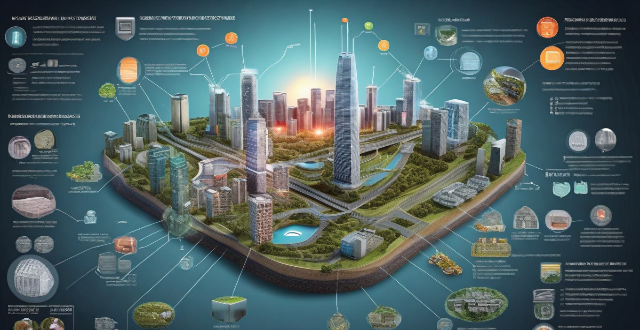
What is the future of nuclear energy in the energy market ?
The future of nuclear energy is promising, as it has advantages such as low carbon emissions, high energy density and baseload power. However, challenges like safety concerns, waste disposal, and high costs must be addressed. Increasing demand for clean energy, advances in technology, and integration with renewable sources can drive the growth of nuclear energy in the future.
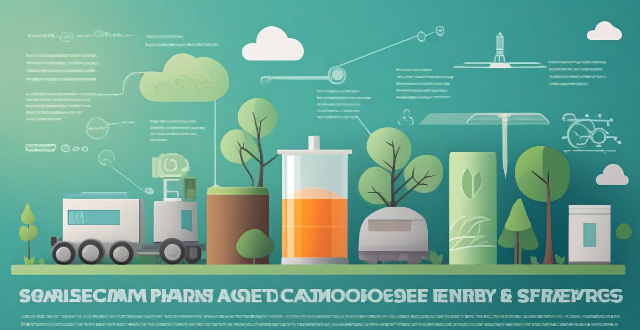
What role can nuclear power play in providing alternative energy solutions ?
Nuclear power is a low-carbon energy source that can contribute significantly to providing alternative energy solutions. It offers several advantages, such as low carbon emissions, high energy density, diverse fuel sources, waste management capabilities, economic benefits, job creation, and energy security. With its potential to reduce carbon emissions and mitigate climate change, nuclear power can play a crucial role in meeting our energy needs while also contributing to environmental sustainability.

What are the potential benefits and drawbacks of nuclear power in terms of climate change and energy security ?
Potential Benefits of Nuclear Power: - Low carbon emissions during operation, contributing to climate change mitigation. - High energy density of uranium enhances energy security by reducing reliance on imported fuels. - Ability to provide stable baseload power ensures reliability and energy security. Potential Drawbacks of Nuclear Power: - Significant GHG emissions from mining, refining uranium, plant construction, and decommissioning. - Long-lived radioactive waste poses challenges for climate change mitigation and environmental safety. - Risk of meltdowns and nuclear proliferation undermines energy security.
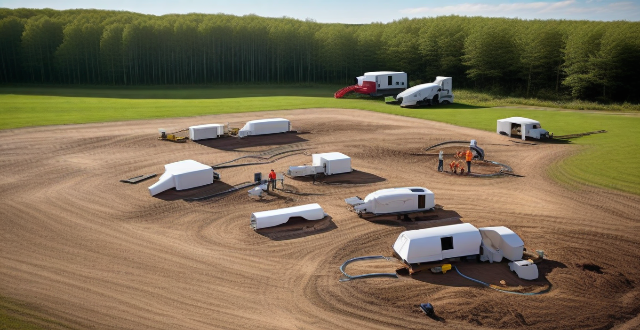
How does the use of nuclear energy impact radiation levels in the environment and what measures are taken to mitigate this ?
This article discusses the impact of nuclear energy on radiation levels in the environment, highlighting the release of radioactive materials through air emissions, liquid discharges, and solid waste disposal. It also outlines mitigation measures taken at different stages of the nuclear fuel cycle, including design and construction, operation and maintenance, waste management, and decommissioning and site restoration. The article emphasizes that significant measures are taken to ensure the safe and reliable use of nuclear energy as a source of power.
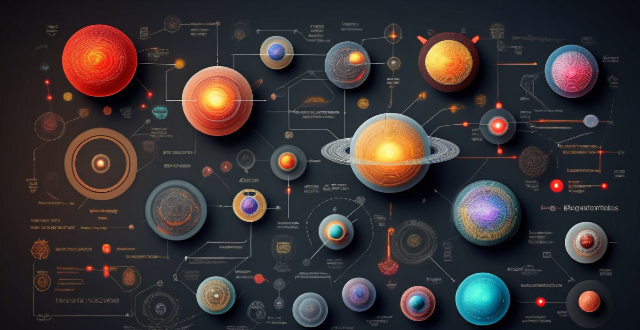
What are some emerging technologies or materials being developed for improved radiation protection ?
This article discusses various emerging technologies and materials being developed to improve radiation protection, including advanced shielding materials like nanomaterials and metal-organic frameworks (MOFs), smart detection systems for real-time monitoring and machine learning-powered analysis of radiation levels, personal protective equipment (PPE) such as next-generation spacesuits and radiation-resistant clothing, medical countermeasures like radioprotectants and gene therapy, and nuclear waste management solutions like Synroc and glassification. These advancements aim to enhance safety and security in environments where radiation is a concern, across sectors such as nuclear power generation, medical applications, space exploration, and nuclear waste management.

Can you explain the concept of "radiation shielding" and its importance in radiation protection ?
Radiation shielding plays a critical role in radiation protection by using materials to absorb or deflect harmful radiation, thus reducing exposure levels. This concept is essential in industries such as nuclear power generation, medical imaging, and space exploration, where high radiation levels pose risks. Radiation shielding is important for human health protection, safety in nuclear facilities, medical applications, space exploration, and environmental conservation. Various materials are used for radiation shielding, including lead, concrete, water, polyethylene, tungsten, and boron, each effective against specific types of radiation.

What are some unusual habits of celebrities ?
Celebrities are often in the spotlight, and their habits and routines can be just as fascinating as their public personas. While some celebrities have habits that are quite common, others have unusual habits that set them apart from the rest. Here are a few examples: Marilyn Monroe was known for her beauty and talent, but she also had an unusual habit of sleeping in a room filled with all-female company. She believed that it helped her maintain her femininity and keep her spirit high. Albert Einstein was one of the most brilliant minds of the 20th century, and he had an unusual habit of playing the violin. He found that playing music helped him relax and think more creatively. Johnny Depp is known for his eccentric style and unique fashion sense, but he also has an unusual habit of collecting odd items. He has been known to collect things like bones, skulls, and even shrunken heads. Leonardo da Vinci was a Renaissance master who had many unusual habits. One of his most famous habits was his tendency to sleep very little. He would often work on his projects late into the night and then take short naps during the day. Oprah Winfrey is known for being a successful media mogul, but she also has an unusual habit of starting each day with a gratitude journal. She writes down five things she is grateful for each morning to help her stay positive and focused. Lady Gaga is known for her outrageous fashion sense and bold performances, but she also has an unusual habit of carrying around a doll named "Monster." She believes that the doll helps her connect with her fans and represents her alter ego. Elvis Presley was known for his iconic style and musical talent, but he also had an unusual habit of collecting guns. He owned over 100 guns throughout his life and even had a custom-made guitar shaped like a gun.

What are the current advancements in interstellar exploration technology ?
The text discusses the current advancements in interstellar exploration technology. The main topics include the Breakthrough Starshot project, which aims to propel tiny spacecraft to Alpha Centauri using powerful lasers on Earth; warp drive technology that could allow faster-than-light travel by manipulating space-time; ion propulsion systems already used in deep space missions and capable of long-duration missions; and nuclear propulsion systems potentially offering higher speeds than chemical propulsion systems but with safety concerns. These technologies offer hope for humanity's future as an interstellar species.
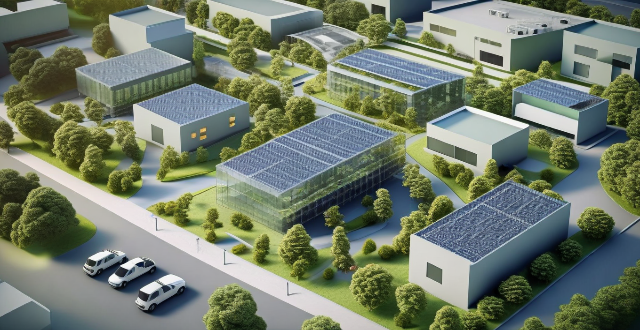
What innovative technologies are being developed to mitigate the effects of global warming ?
Innovative technologies are being developed to mitigate global warming and reduce greenhouse gas emissions. These include renewable energy sources, carbon capture and storage, nuclear fusion, electric vehicles, smart grid technology, afforestation and reforestation, energy efficiency improvements, biofuels and bioenergy, green building design, and climate engineering. Each of these technologies offers unique benefits and challenges in addressing the pressing issue of global warming.
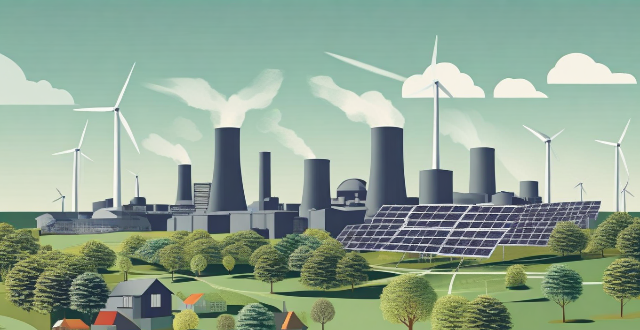
What are the alternatives to fossil fuels for energy production ?
The article discusses various alternatives to fossil fuels for energy production, including solar energy, wind energy, hydroelectric power, geothermal energy, biomass energy, and nuclear energy. It explains the working principles of each alternative and their advantages and disadvantages. The main advantage of these alternatives is that they produce clean energy with minimal greenhouse gas emissions, reducing the impact on the environment and climate change. However, some of them require significant investment and infrastructure development, while others have safety concerns or limited availability. Overall, the article highlights the potential of these alternatives in providing sustainable and reliable sources of energy for the future.

What are some innovative technologies being developed to address climate change ?
The article provides a summary of innovative technologies being developed to address climate change. These include renewable energy sources such as solar, wind, hydroelectric, and geothermal power; carbon capture and storage (CCS) methods like post-combustion capture, oxy-fuel combustion, and pre-combustion capture; electric vehicles (EVs); smart grid technology; nuclear fusion; afforestation and reforestation; and green building design. These technologies aim to reduce greenhouse gas emissions, increase energy efficiency, and promote sustainable practices in order to combat climate change and transition towards a more sustainable future.

What innovative technologies are being developed for emission reduction ?
Reducing emissions is a global challenge that requires innovative solutions. Here are some of the most promising technologies being developed to reduce emissions: 1. Carbon Capture and Storage (CCS) - captures carbon dioxide emissions from power plants and industrial processes, preventing them from entering the atmosphere. The captured CO2 is then transported to a storage site, where it is injected into geological formations or used in other ways. Advantages include reducing greenhouse gas emissions from large point sources like power plants and factories, and being able to retrofit onto existing infrastructure. Challenges include high cost of implementation and limited availability of suitable storage sites. 2. Renewable Energy Sources - such as wind, solar, hydro, and geothermal power are becoming increasingly cost-effective and efficient. These technologies produce no direct emissions during operation and can replace fossil fuels in many applications. Advantages include low operating costs once installed, reduced dependence on fossil fuels, and potential for decentralized generation and distribution. Challenges include intermittency issues with some sources (e.g., wind and solar), and land use concerns for certain types of renewable energy projects. 3. Electric Vehicles (EVs) - offer a cleaner alternative to traditional gasoline-powered cars by reducing tailpipe emissions. As battery technology improves and charging infrastructure expands, EVs are becoming more practical for everyday use. Advantages include lower operating costs compared to gasoline vehicles, reduced air pollution in urban areas, and potential for integration with renewable energy sources. Challenges include high upfront costs for consumers, limited range and charging infrastructure for some models, and battery disposal and recycling issues. 4. Energy Efficiency Improvements - improving energy efficiency in buildings, transportation, industry, and appliances can significantly reduce energy consumption and associated emissions without sacrificing comfort or productivity. This includes better insulation, smart thermostats, LED lighting, and more efficient heating and cooling systems. Advantages include often having low or negative payback periods due to saved energy costs, being able to be implemented gradually over time without major disruptions, and co-benefits such as improved indoor air quality and comfort. Challenges include upfront costs may be barriers for some consumers or businesses, regulatory frameworks may not incentivize efficiency improvements sufficiently. 5. Nuclear Power - is an option for low-carbon electricity generation that does not produce greenhouse gases during operation. Advanced reactor designs aim to address safety concerns and waste management issues associated with conventional nuclear power plants. Advantages include high-capacity factor means consistent baseload power supply, low lifecycle greenhouse gas emissions compared to fossil fuels, and potential for advanced reactors to consume nuclear waste as fuel. Challenges include high capital costs and construction times, public perception and safety concerns following accidents like Fukushima, long-term waste storage solutions remain elusive for many countries.

What are the most effective ways to protect against radiation exposure ?
Radiation exposure can be harmful to our health, and it is essential to take measures to protect ourselves from its effects. Here are some of the most effective ways to protect against radiation exposure, including using shielding materials, maintaining a safe distance, wearing protective clothing, following safety guidelines, getting regular check-ups, eating a healthy diet, and staying informed.
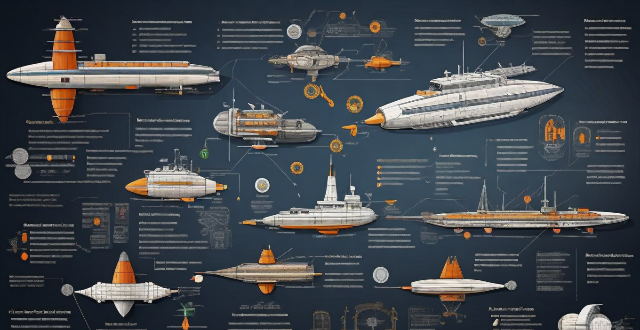
What are the current advancements in space travel technology ?
Over the years, scientists and engineers have made significant advancements in various aspects of space travel. Current advancements include propulsion systems like ion thrusters, nuclear propulsion, and solar sailing; life support systems that recycle water and air and closed-loop life support systems; and reusable spacecraft such as the Space Shuttle program, SpaceX Dragon and Falcon 9, and Blue Origin New Shepard. These advancements show great promise for the future of human exploration beyond our planet.
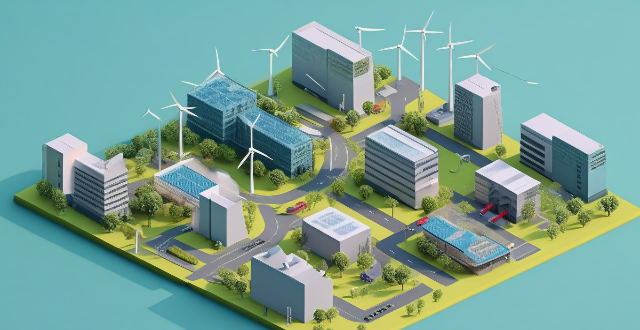
What innovative technologies are being developed to counteract climate change ?
Innovative technologies being developed to combat climate change include carbon capture and storage, renewable energy sources such as solar, wind, hydroelectric, and geothermal power, electric vehicles with advanced battery technology, smart grids, artificial photosynthesis, biofuels, nuclear power, geoengineering, green building design, afforestation and reforestation, sustainable agriculture, waste management and recycling, blue-green infrastructure, circular economy practices, digital innovations in energy management, eco-friendly transportation options, solar fuels, and strategies to mitigate urban heat island effects. These approaches aim to reduce greenhouse gas emissions, enhance energy efficiency, and promote the use of sustainable resources to address global warming and its impacts on the environment.
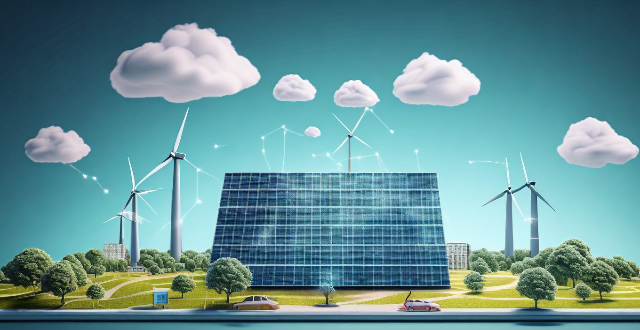
What technologies are being developed to help reduce carbon footprint ?
The text discusses various technologies being developed to help reduce carbon footprint, including renewable energy sources such as solar, wind, hydro, and geothermal power; electric vehicles (EVs) with improving battery technology and charging infrastructure; energy efficiency through building design, appliance efficiency, and smart grids; carbon capture and storage (CCS); and nuclear power. These technologies aim to combat climate change by reducing greenhouse gas emissions and promoting sustainable practices.
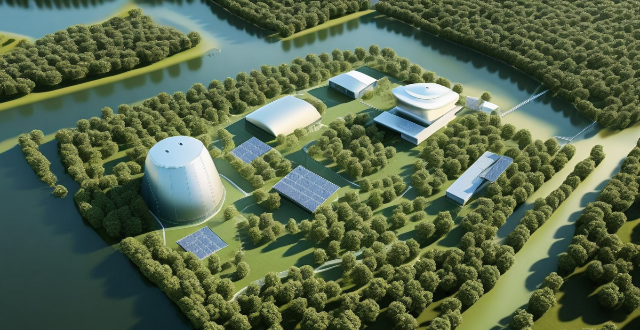
What technological advancements have been discussed or promoted at climate summits ?
Technological advancements discussed at climate summits include renewable energy technologies (solar, wind, hydroelectric power), energy efficiency and conservation measures (building design, transportation, industry), carbon capture and storage (CCS), nuclear power, agroecology and sustainable land use practices (regenerative agriculture, forest management, sustainable fisheries), and green finance and investment (green bonds, green banks, climate risk assessment). These strategies aim to mitigate the effects of climate change by reducing greenhouse gas emissions and promoting sustainable development.

How long would it take for a spacecraft to reach the nearest star system, and what technology would be required ?
The topic summary for the text "Spacecraft Journey to the Nearest Star System" is as follows: ### Overview The text discusses the challenges and considerations involved in traveling to the nearest star system, Proxima Centauri, which is about 4.2 light-years away from Earth. It outlines the time required for the journey using conventional technology versus theoretical advanced propulsion systems, the technologies that would be required, and the various challenges and considerations that need to be addressed. ### Key Points - Using conventional chemical rockets, the journey would take tens of thousands of years. - Advanced propulsion systems like nuclear pulse propulsion or high-efficiency ion thrusters could reduce travel time to decades. - The Breakthrough Starshot concept proposes using lasers to propel tiny spacecraft to a significant fraction of the speed of light, potentially cutting the travel time to 20 years. - Other theoretical approaches include warp drives and antimatter propulsion. - Challenges include energy requirements, life support systems, communication delays, and maintenance and repairs. Overall, the text highlights the technological hurdles and innovative solutions needed to make interstellar travel a reality, emphasizing the ongoing quest to explore beyond our solar system.